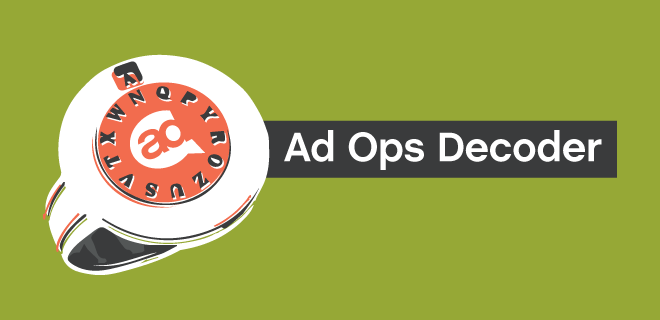
Most simple definitions of programmatic advertising often include the word “automated”. Here’s an example:
Programmatic advertising is the automated buying and selling of online ads performed by computers.
The word “automated” can be somewhat misleading here. Sure, a standard programmatic auction is programmed to happen in the time it takes to load a webpage (we’re talking milliseconds), which is way faster than any human could ever hope to facilitate an ad buy.
But just because these auctions are run near-instantaneously by computers doesn’t mean there isn’t room for manipulation. If anything, the last few years of programmatic have demonstrated just how vulnerable the real-time bidding environment is to subtle, behind-the-scenes changes that can distort campaign performance, create discrepancies in reported data, and ultimately waste ad dollars.
Automated Doesn’t Mean Hands-off (or Foolproof)
RTB auction manipulation or “games” is a bucket phrase used to describe the intentional or unintentional inconsistencies in how an RTB auction is programmed to run. Perhaps the best way to explain RTB auction manipulation is to walk through a few examples.
One of the most well-documented forms of auction manipulation is price manipulation, sometimes referred to as bid bias.
Programmatic Auctions Can Be Gamed
If you were to partake in a traditional auction scenario—let’s say you’re bidding on a fancy piece of art to complement your bedroom set—you would likely have transparency into what others are bidding. And if the last bid was $600, you’d know exactly how much you’d need to bid in order to beat it and win the piece.
Programmatic auctions don’t work this way. Demand-side buying platforms can’t see how other competing DSPs are bidding. This makes it possible for sellers to manipulate auction mechanics without the buyer’s knowledge.
For example, in the case of the popular second-price auction, a buyer with the winning bid is supposed to only have to pay a single cent more than whatever the second-highest bid was. So if the second-highest bid was $3.50, the winner would only pay a clearing price of $3.51 – even if they had bid $5.10 to win the auction.
But because each DSP is ignorant to what the others are bidding, there’s no way to check the price of the second-highest bid. That power rests solely with the seller, and because each seller and reseller along the supply chain is a black box, they can pretty much do whatever they want – including raising the clearing price.
Without Event Validation, Budgets Can be Stolen
Another example of an RTB auction manipulation is something we can broadly refer to as a parasite campaign.
Parasite campaigns are a result in part of the lack of effective event validation within the supply chain. A parasite campaign occurs when a programmatic intermediary or reseller secretly siphons ad dollars away from the publishers it’s integrated with.
The reseller does this by replacing the publisher’s ID and domain with that of their own but duplicating the same audience targeting parameters. Advertisers will then bid on what they think is a real publisher’s inventory, but instead unknowingly bid on the reseller’s substituted domain, thereby sending revenue to the fraudulent third party.
Because the reseller still serves the ad on the real publisher’s domain and forwards them some of the revenue, the publisher assumes nothing nefarious is going on. In this way, the reseller acts as a parasite, stealing revenue from sellers without their knowledge.
The Lights are Out in the Auction House
All forms of auction manipulation, nefarious or otherwise, are a symptom of an opaque programmatic supply chain that has few ways to enforce consistent mechanisms for the buying and selling of ads. Even a small, innocent change in the methodology a supply chain member might use to count data can cause dramatically discrepant numbers at the end of a campaign.
If we think back to the traditional auction house scenario, most will imagine a large open room where the potential buyers are gathered together bidding on an item the seller has placed before them. In programmatic advertising, imagine instead that each buyer is in their own room, isolated from the other buyers and sellers, with only a general understanding of what they’re buying and who is selling it.
Therein lies the problem. Every piece of the programmatic supply chain operates in a silo.
Auction manipulations create a scenario where advertisers don’t get what they pay for. Discrepancies between supply chain members also cause confusion. Confusion leads to distrust. Distrust leads to pulled budgets. So it’s usually a lose-lose scenario for all involved, even if subtle manipulations can create a short-term payoff.
Luckily, it’s not all bad news. IAB-led initiatives like ads.txt, sellers.json, and supplychain object work to illuminate the darker areas of programmatic’s auction space. The games just aren’t fun anymore.